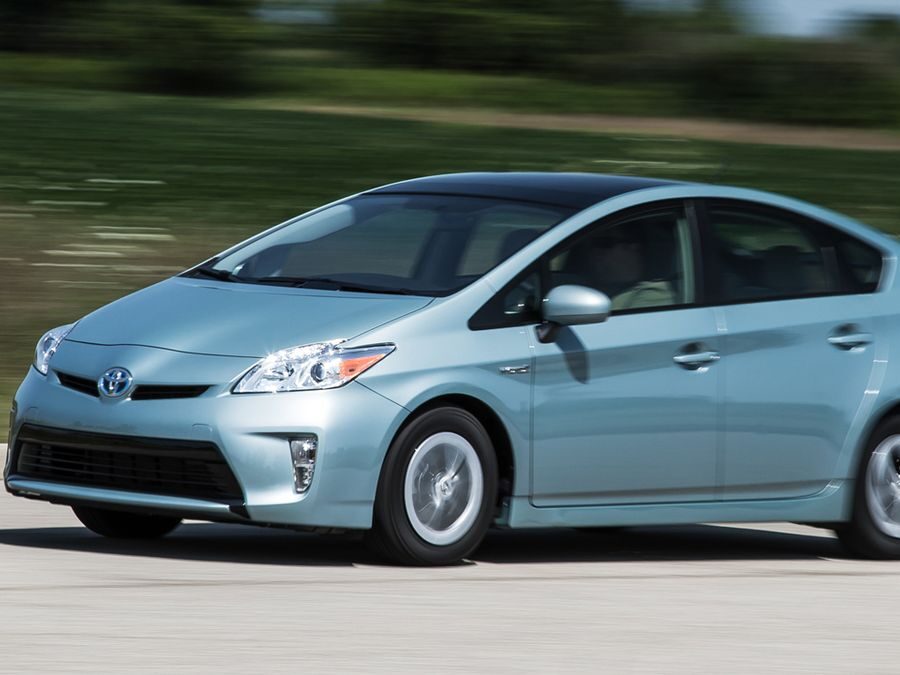Yes, the Toyota Prius Prime did see a notable increase in its price over the course of one year. This surge can be attributed to various factors, including market demand, production costs, technological advancements, and external economic conditions. Let’s delve into these aspects to understand why the price of the Prius Prime experienced such a significant rise.

Firstly, it’s crucial to acknowledge the growing demand for electric and hybrid vehicles. As environmental concerns and fuel efficiency become increasingly important to consumers, the demand for eco-friendly cars like the Prius Prime has surged. This heightened demand often leads to upward pressure on prices as manufacturers capitalize on the trend.
Secondly, production costs play a significant role in determining the price of a vehicle. The Prius Prime incorporates advanced technology, including a hybrid drivetrain and battery system, which can be costly to manufacture. Moreover, if there have been any enhancements or upgrades to the vehicle’s features or components, it could contribute to a rise in production costs, subsequently affecting the retail price.
Additionally, technological advancements within the automotive industry can impact pricing. As new technologies are developed and integrated into vehicles, they often come at a premium, which can drive up the overall cost of the vehicle. For instance, improvements in battery technology or connectivity features may justify a higher price tag for the Prius Prime compared to previous models.
Furthermore, external economic factors can influence pricing decisions. Fluctuations in raw material prices, currency exchange rates, and supply chain disruptions can all affect the cost of manufacturing vehicles. If production costs increase due to any of these factors, automakers may adjust their prices accordingly to maintain profitability.
It’s also worth considering any changes in government incentives or regulations related to hybrid vehicles. Subsidies, tax credits, or changes in emissions standards can impact the pricing dynamics of eco-friendly cars like the Prius Prime. For example, if government incentives are reduced or phased out, it could result in higher prices for consumers.
Moreover, competition within the hybrid and electric vehicle market can influence pricing strategies. If rival manufacturers introduce compelling alternatives or if there’s a shortage of supply for similar vehicles, Toyota may feel justified in raising the price of the Prius Prime to reflect its value proposition relative to other options in the market.
Lastly, consumer perception and brand value play a crucial role in pricing decisions. The Prius brand has become synonymous with hybrid technology and eco-consciousness, which may allow Toyota to command a premium for its vehicles compared to non-hybrid counterparts. As the Prius Prime continues to establish itself as a leader in the hybrid segment, consumers may be willing to pay a higher price for the perceived benefits it offers.
In conclusion, while a 21% increase in the price of the Toyota Prius Prime over the course of one year may seem significant, it can be attributed to various factors including market demand, production costs, technological advancements, economic conditions, government incentives, competition, and brand value. As the automotive industry evolves and consumer preferences shift towards eco-friendly vehicles, pricing dynamics will continue to be influenced by these factors.
